Lavender has been used since the time of the ancient Egyptians for purification, protection against disease, and for its aromatic qualities. In fact, lavender essential oil is the most used essential oil in the world, and for good reason.
Lavender is an unassuming yet powerful herb that helps fight anxiety, insomnia, depression, and the effects of stress.
It's a definite must-have herb for every health enthusiast!
The Benefits and Properties of Lavender
Botanical Name: Lavendula angustifolia, L. officinalis
Family: Labiatae (mint family)
Common Name: Garden Lavender
Etymology: The genus and common name Lavendula/ lavender derive from the Latin word “lavare” which means “to wash” as it was widely used in baths in order to enjoy its therapeutic fragrance.
Parts Used: Flowers
Flavor: Bitter, pungent, spicy, and sweet
Energetics: Cooling
Affinity/ Systems Affected: Lungs and liver
Moisture: Dry
Polarity: Yang
The Benefits and Properties of Lavender
Physiological Effects: Analgesic, an aphrodisiac, antibacterial, antidepressant, antifungal, anti-inflammatory, antiseptic, antispasmodic, aromatic, carminative, cholagogue, digestive, slightly diuretic, expectorant, nervine, sedative, stimulant, and tonic.
Lavender improves a negative mood and alleviates stress, in fact, it has been proven to work better than placebos for treating General Anxiety Disorder without any adverse side effects.
Therapeutic Uses of Lavender
• Internal Use:
- Indigestion
- Irritability
- Anxiety
- Exhaustion
- Headaches
- Migraines
- Lung complaints
Supplementing with 80mg of lavender has been shown to reduce sleep disturbances and feelings of depression.
• External Use:
- Burns
- Sunburn
- Rheumatism
- Painful muscles
- Neuralgia
- Cold sores
- Insect bites and repellant
- Bad breath
- Fissures
- Dandruff
- Tones and revitalizes skin
- Acne, boils, abscesses, psoriasis, and eczema
- Oily skin
- Wounds
Just inhaling the scent of lavender essential oil has been shown to reduce oxidative stress in the brain, therefore preventing cognitive impairment.
Using lavender essential oil mixed into ointments and salves is a great way to quickly heal burns, scrapes, cuts, and abrasions by accelerating the formation of granulation tissue and promoting the synthesis of collagen.
It can even fight Candida albicans and Staph aureus when used topically.
Aromatherapy Use:
Lavender is incredibly versatile. It is calming and soothing for those who are stressed, overworked, or cannot fall asleep.
Lavender also calms frayed nerves, relieves emotional and physical tension, is highly antidepressant, and effectively lessens panic, hysteria, and nervous exhaustion.
Use lavender essential oil on your pillow before bed to induce restful sleep and relieve stress. One of my favorite properties of lavender is its ability to thwart sleep disturbances.
Smelling the essential oil can also relieve tension headaches and migraines.
Lavender Preparations/ Medicinal Uses
Relaxing Lavender Tea
One of my favorite ways to enjoy lavender is as a tea. It’s light floral flavor pairs well with chamomile and is a great remedy for tension, restlessness, and stress.
Instructions
• Steep 1 teaspoon of lavender flowers and 1 teaspoon of chamomile flowers
using spring water in a nice big mug
• Add raw honey to taste if desired
Lavender Extract
Lavender extract is a wonderful addition to herbal sleep formulas, medicinal teas, homemade body care, and even baked goods. You could pretty much say that lavender extract
is the next vanilla! It’s really that awesome.
What You’ll Need
• 2oz of dried lavender flowers
• 1 quart sized mason jar
• At least 80 proof vodka (brandy is really nice to use here)
Instructions
• Put the lavender flowers into a clean mason jar (you can roughly chop them for better extraction)
• Pour in the vodka or brandy until there are a couple inches of space from the top of the jar
• Put on the lid and shake well
• Label your lavender extract with the name of the herb, the date, and any other tidbits of information so that you know what it is and what it’s for.
• Store the jar in a cool dark place but somewhere where you won’t forget to give it a good shake once a day
• Let the lavender macerate for 4-6 weeks and the strain through fine mesh or a nut milk bag
• Bottle and label and use as needed
This extract will last for years in a cool dark cupboard.
Take 1-2 dropperfuls a day as needed to relieve all stress-related symptoms like anxiety, tension, or lack of restful sleep.
Cooking/ Edible Uses of Lavender
Lavender lends itself well to all forms of baking, leaving a lovely aromatic flavor to your favorite recipes. One of my all-time favorite tea cake recipes involves the use of freshly dried, home harvested lavender flowers. These tea cakes will rock your socks off!
Lavender Russian Tea Cakes
These cookies are light and delicious and pair perfectly with tea.
What You’ll Need
• 1 cup room temperature butter (try to get grass fed)
• 2 teaspoons vanilla extract
• ½ cup powdered sugar
• 2 cups of flour
• A pinch of sea salt
• 1-2 TB finely chopped dried lavender flowers
Instructions
• Preheat your over to 325 degrees F
• Cream the butter, sugar, and vanilla until light and fluffy
• Sift the flour with the sea salt
• Slowly add the flour/salt mixture to the butter mixture
• Add the chopped lavender flowers and mix well
• Shape the dough into 1 inch balls and place about 2 inches apart on a baking sheet
• To get a nice shape, flatten each tea cake with the bottom of a glass slightly (don’t flatten the cookies, you just want a slightly flattened bottom)
• Bake the tea cakes for 20 minutes until the edges are slightly browned
• Gently toss the tea cakes in powdered sugar while still hot
• Once they have cooled, toss them in the powdered sugar again
This recipe makes about 4 dozen cookies.
Precautions:
Use the essential oil with care. Although lavender EO is well tolerated by all skin types, it’s always best to take a care when using very concentrated forms of ant essential oil.
What have been your favorite properties of lavender? Please share in the comments below!
You may also enjoy reading:
Calming Room and Body Spray
Honey Lavender Homemade Relaxing Bath Melts
Calming Lavender Scrub
How to Make Lavender Extract
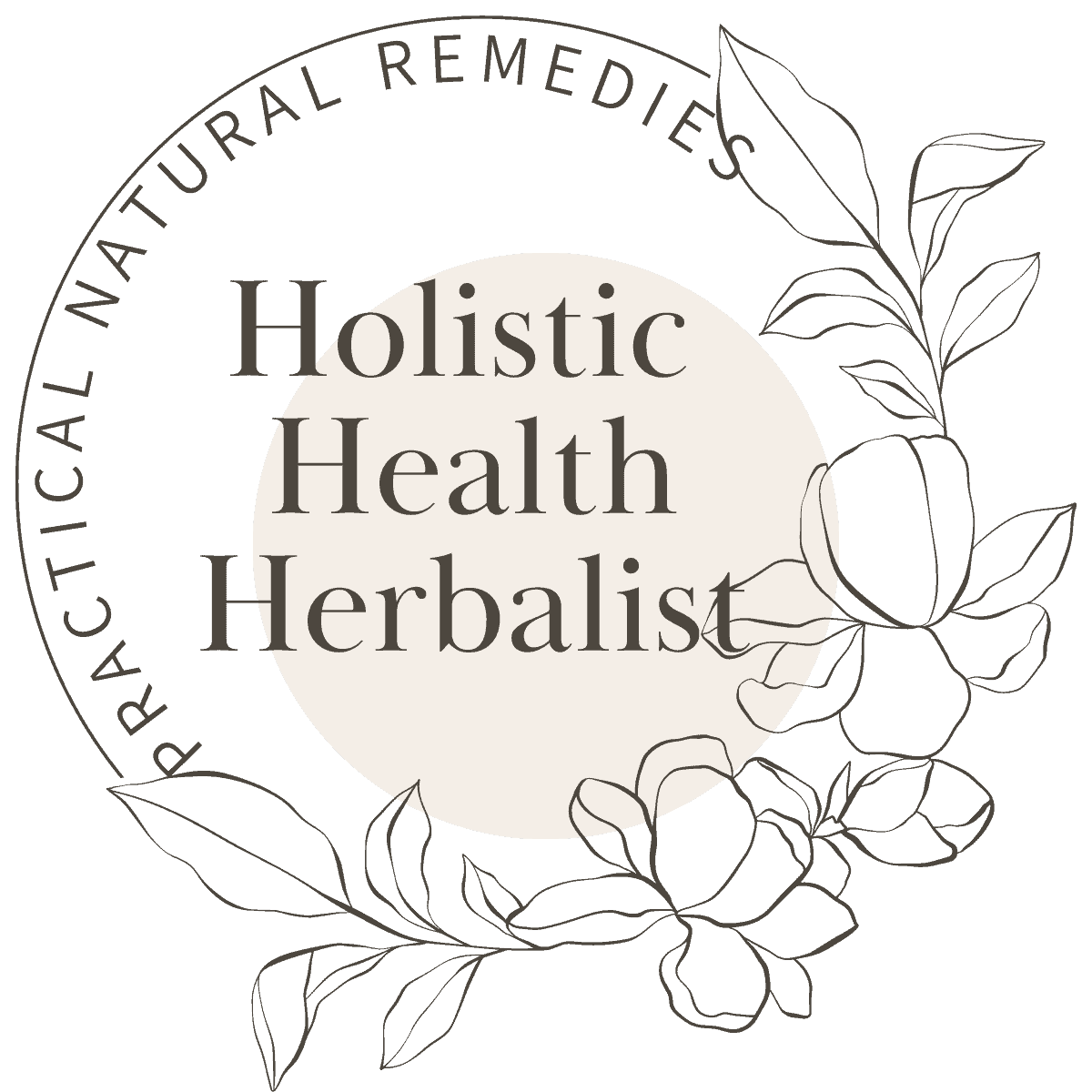

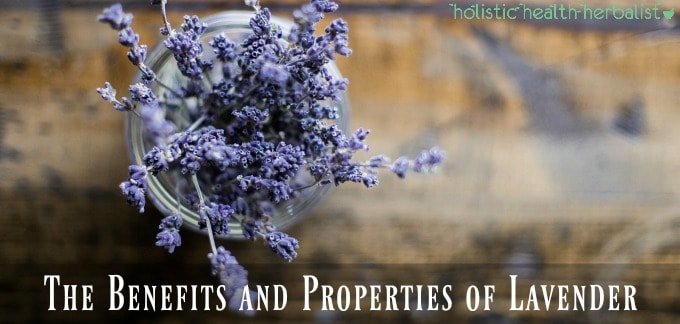
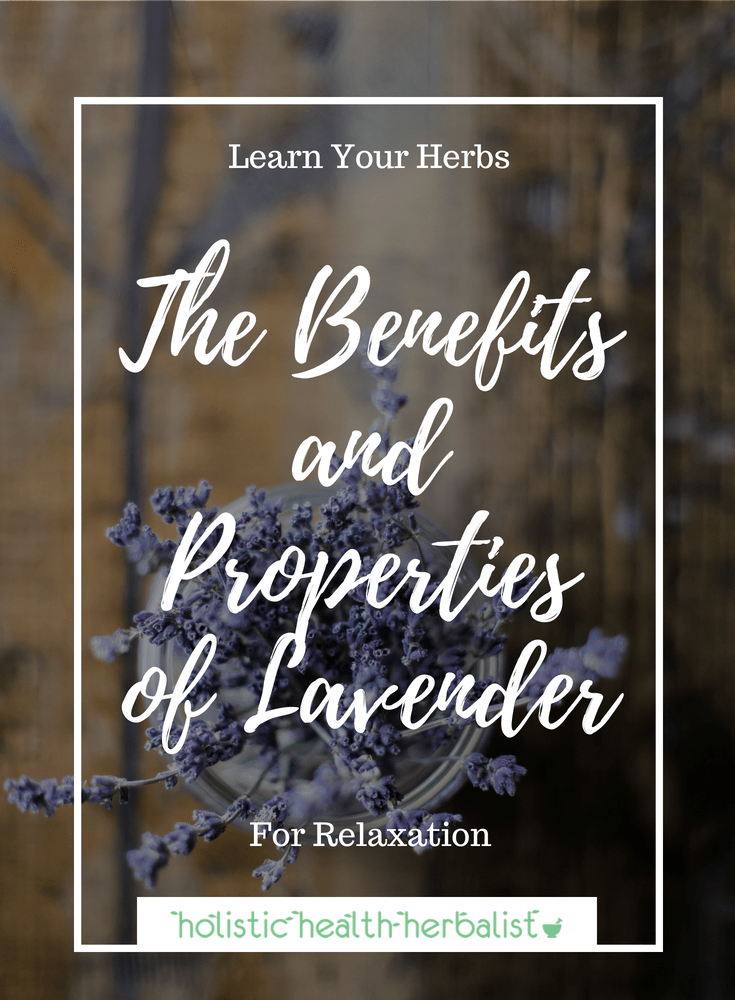

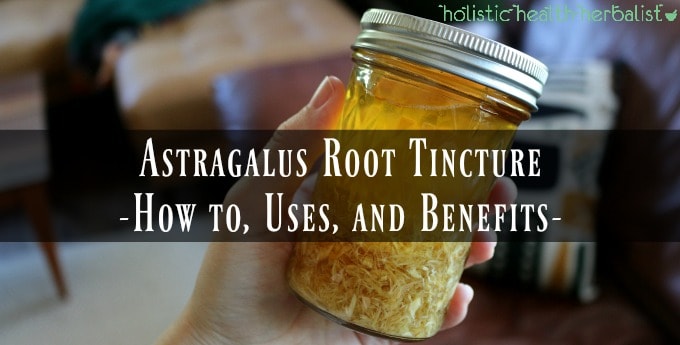
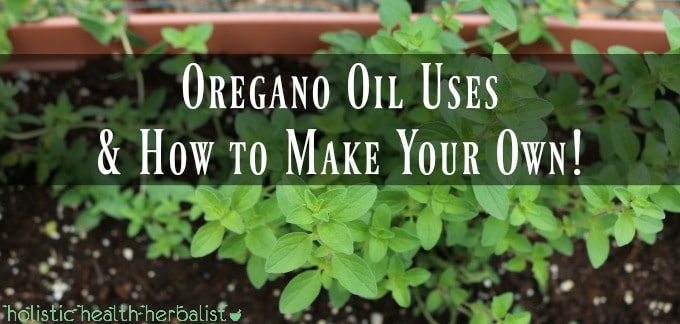
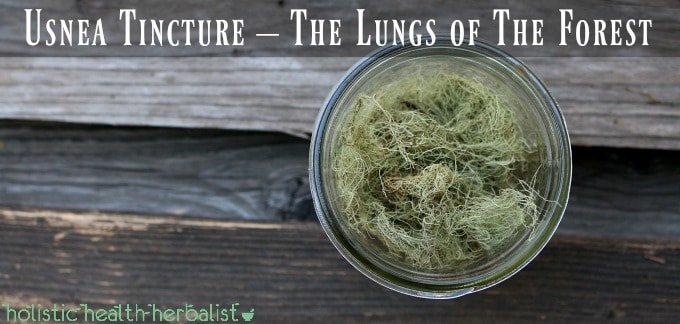
Leave a Reply